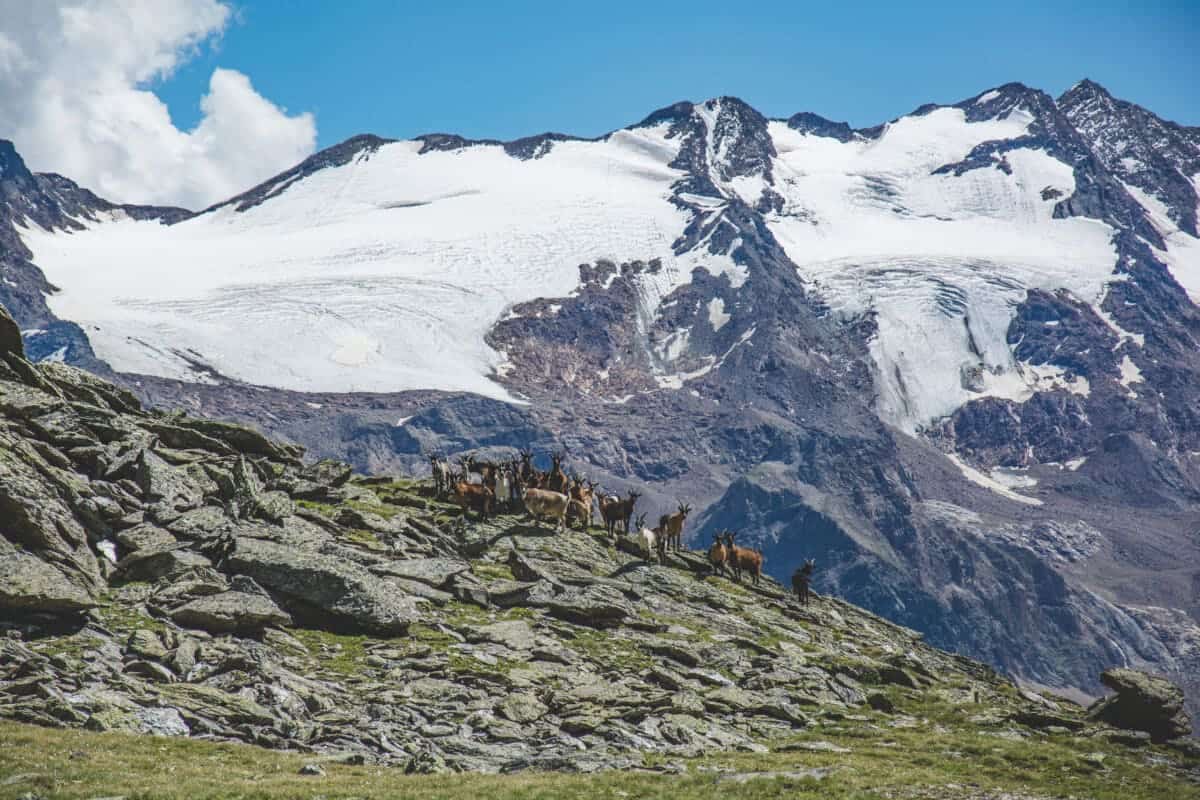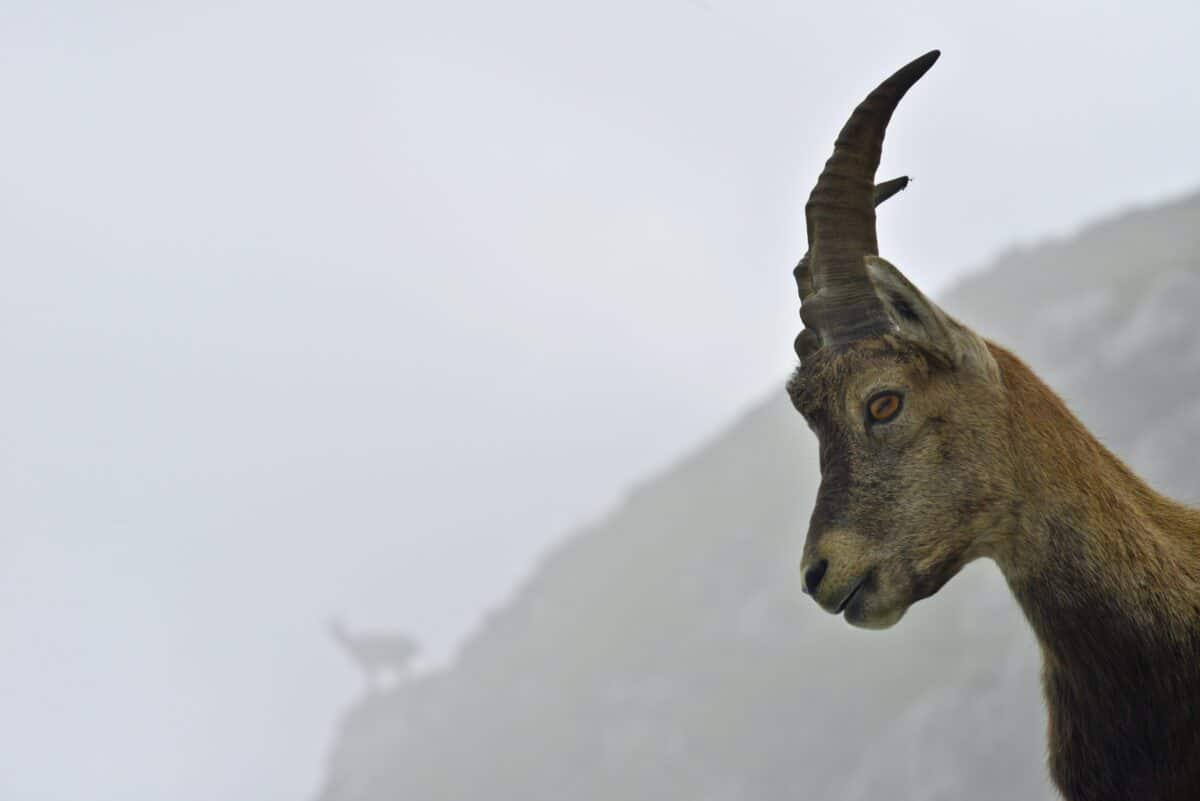In the tranquil expanse of Italy’s mountainous regions, a subtle but significant change is occurring. As the world grapples with the multifaceted impacts of climate change, its effects are resonating in unexpected corners of the natural world. One such effect is on the sleeping patterns of mountain goats, which, according to recent scientific studies, are being significantly altered due to rising temperatures.
The Impact of Rising Temperatures
Mountain goats, known for their agility and resilience in high-altitude habitats, are experiencing a shift towards nocturnality — a behavioral adaptation primarily driven by the need to avoid the increasing heat during the day. This change, although seemingly minor, has profound implications for their survival and wellbeing.
Adaptation and Its Consequences
The research, conducted by a team of Italian scientists, delves into the consequences of this shift. Traditionally, mountain goats are active during the day, foraging for food and engaging in social behaviors. However, the escalating daytime temperatures have forced them to alter their routine, pushing their activity into the cooler night hours. This adaptation, while beneficial in avoiding heat stress, comes with its own set of challenges.
Increased Predation Risks

One of the most significant risks associated with nocturnal activity is the increased vulnerability to predators. Predators like wolves and lynxes, which are more active at night, pose a greater threat to the goats that are not naturally adapted to nocturnal vigilance. Furthermore, the shift to nocturnality affects their feeding patterns. The goats rely on visual cues to find food, which are less available at night, potentially leading to nutritional deficiencies.
Ecological Implications
The study also highlights a broader ecological concern. The change in the goats’ behavior is indicative of the cascading effects of climate change on ecosystems. As species are forced to adapt to new conditions, the delicate balance of predator-prey relationships, competition for resources, and biodiversity is disrupted. This can lead to unforeseen consequences, affecting not only the species directly involved but the entire ecosystem.
The Need for Proactive Conservation
Moreover, the impact on mountain goats is a clear sign of the rapid pace at which climate change is affecting wildlife. It underscores the urgent need for comprehensive and proactive measures to mitigate these effects. Conservation efforts need to be more dynamic, considering not only the preservation of habitats but also the behavioral adaptations of species.
Conclusion
The nocturnal shift of mountain goats in Italy serves as a stark reminder of the far-reaching impacts of climate change. It calls for a deeper understanding of how climate-induced changes affect various species and ecosystems. As the world continues to experience rising temperatures, it’s imperative that we acknowledge and address the myriad ways in which climate change is reshaping the natural world. Only through concerted efforts and innovative conservation strategies can we hope to safeguard the diverse and rich tapestry of life on our planet.
Up next:
The Frontline: Goats and Sheep Fighting California Wildfires
Angora Goat – A great farm edition
What Sound Do Goats Make and Why?
- The Africa’s Great Green Wall Project - October 19, 2024
- Revolutionary Anti-Aging Pill for Dogs - October 18, 2024
- Happy Bath-Time for a Rescued Seal - October 16, 2024

